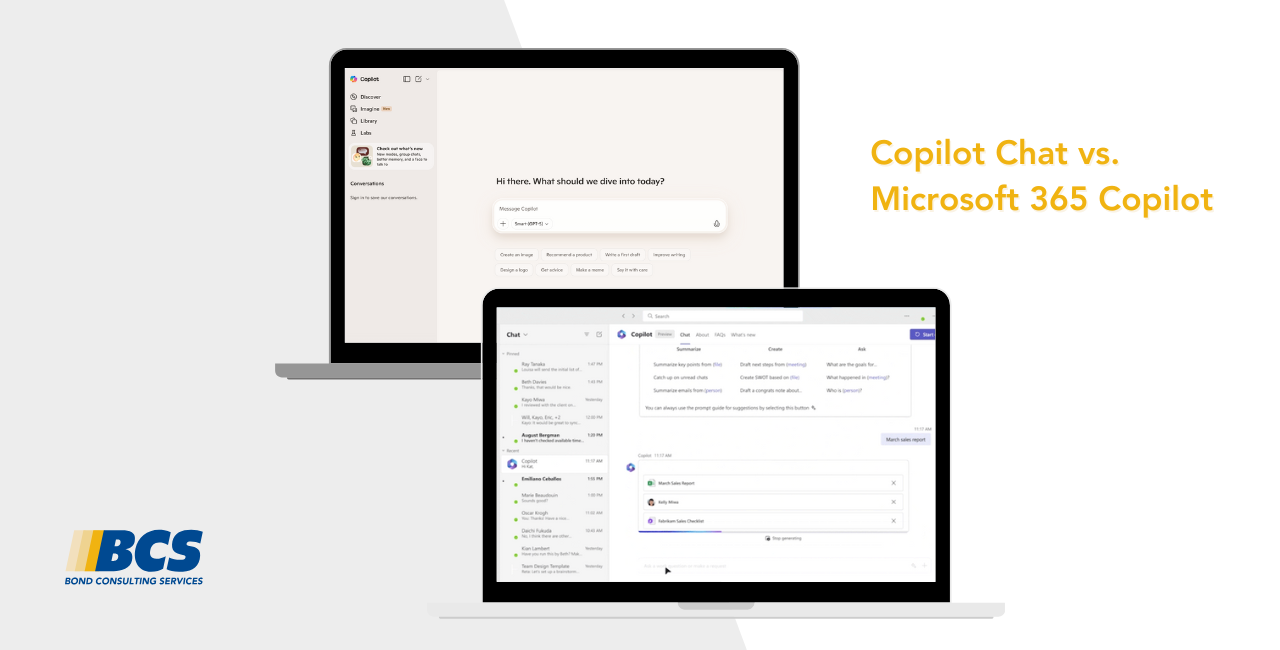Power BI is a comprehensive collection of services and tools that you use to visualize your business data. Content packs are available that make it easy to visualize and analyze the Dynamics 365 data with Power BI based on a standard data model. The content packs are built with a set of Dynamics 365 entities and fields that are useful for most sales, service, or marketing reporting scenarios.
Add a custom field to a report
The following procedure describes how to add a custom field that is a date, string, or number to a report for all available entities except the Account entity.
- In Power BI Desktop, click Edit Queries.
- In the left navigation pane of the Query Editor, under Queries, click the query that has the custom field that you want to make available for reports, such as the Opportunityentity query.
- In the right pane, under APPLIED STEPS, click the settings button next to Removed Other Columns.
- The Choose Columns list shows all fields for the entity, including custom fields. Select the custom field that you want, and then click OK. The entity query is updated and a column is added in the entity table for the custom field that you selected.
- In the right pane, under APPLIED STEPS, click Lang – Renamed Columnsand then click Advanced Editor to add the mapping for the field to the entity query. For example, if the custom field name for the Opportunity entity is int forecast and the display name is Forecast, the entry should appear like this.
- After you add your field mapping, make sure there are no syntax errors displayed at the bottom of the Advanced Editor. Also, make sure the field name appears exactly as it appears in the column heading, including the correct letter case. If no syntax or table errors are detected, click Done.
- Click Close & Apply in the Query Editor.
The custom field is now available in the right pane under Fields for the entity, and can be added to new or existing reports.










